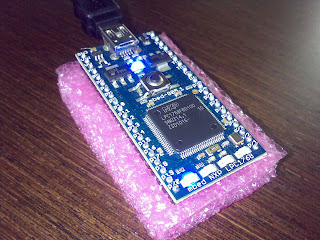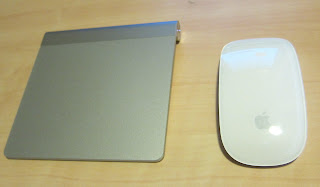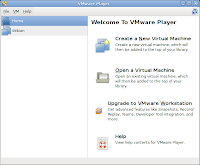Next time you see a broken DVD writer unit, do not throw it away. It contains a powerful visible LED laser. Some lasers used for CD-ROM writers are infrared and, while powerful, the light emitted is not visible, making it both, staying safe and focusing it, more difficult. In order to achieve some impact on a dark surface you need to give a decent amount of electric current to your laser LED (from 150mA to 300mA or more) and, besides, you need a lens to focus the beam. Focusing is important so as to concentrate the beam energy on a small spot (like you do with a lens and the sun light to burn a spot on something). If you are disassembling a DVD writer, you may look for the focussing lens too. If not, you can get one like this . Some guys did make what they called a $50 laser cutter , sounds cool. I'm retrofitting an EPSON inkjet printer to do a similar thing.












